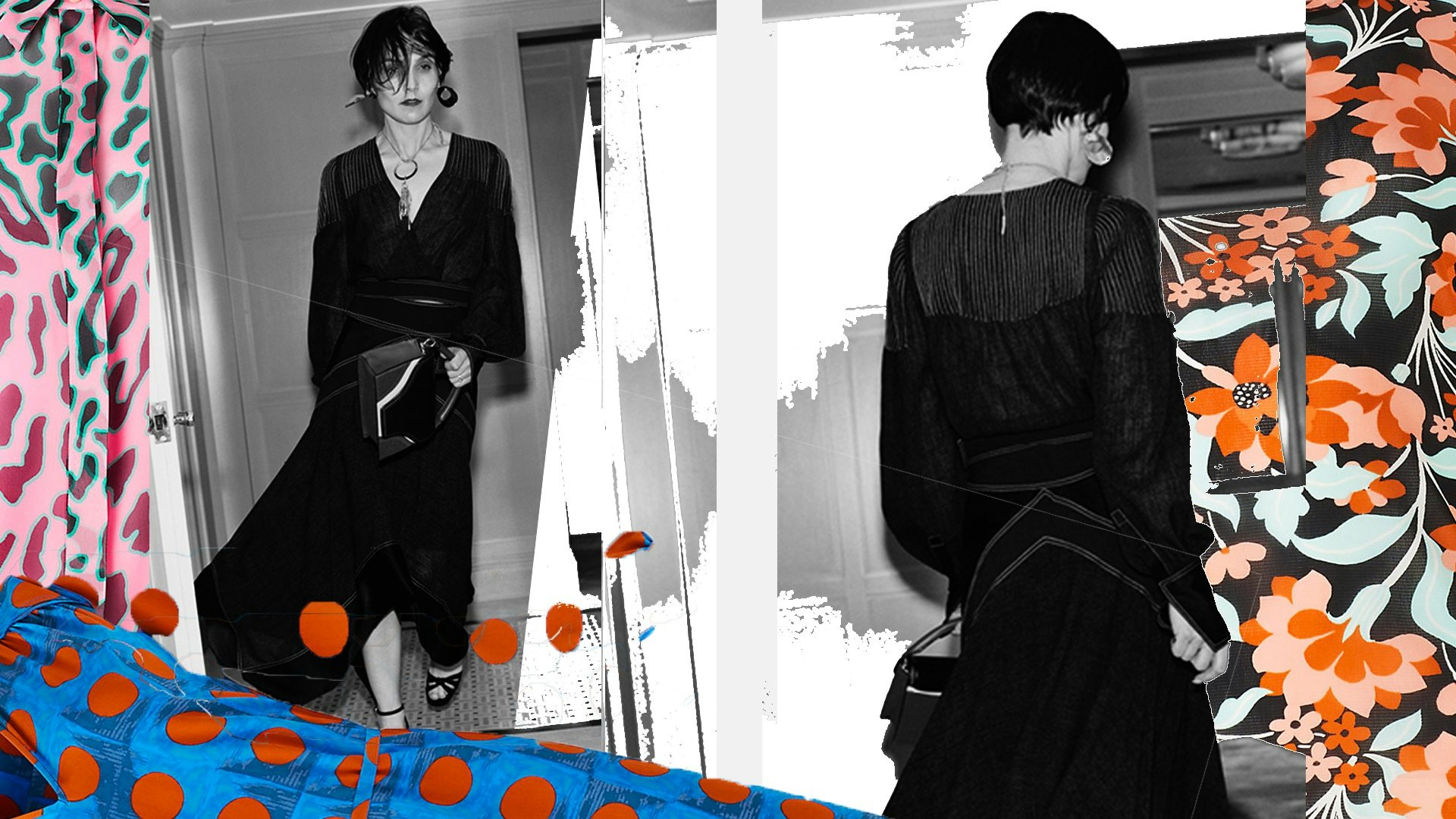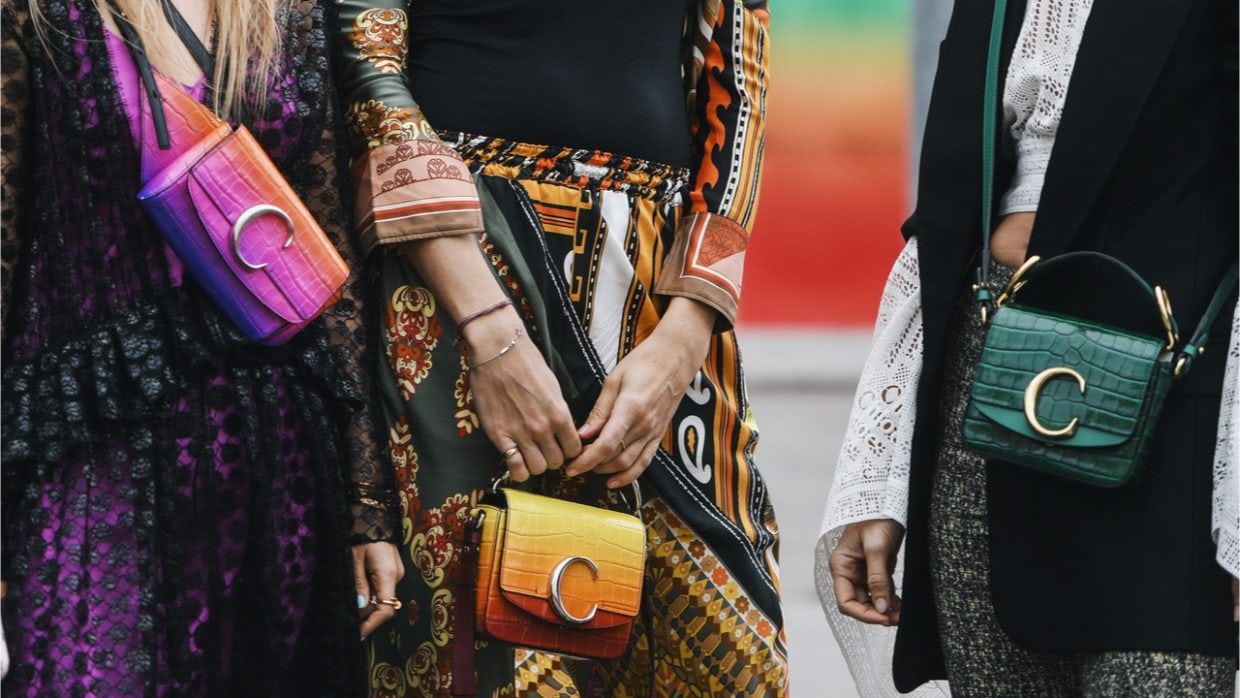A little more than a year ago, the then CEO of DVF, Sandra Campos, told the Business of Fashion how she would turn around the iconic brand that had been in trouble for years. She was optimistic and painted a rosy future for the brand. The true situation, however, was much worse and far more dramatic. The brand had been a significant loss-maker for many years, according to a recent article in the New York Times. Their aggressive retail store expansion came at the expense of a clear digital focus and a constantly revolving door of creative directors robbed the brand from any consistent identity and customer loyalty.
A few months later, DVF was in shambles. It let go a large portion of its workforce and closed most of its US retail operations. In China, its 38 stores will remain open, though as franchises. “Corona hits someone a lot worse if they have a precondition,” said Ms. von Furstenberg in The New York Times. Going forward, the brand will be shrunk to bare bones, with yet another attempt to make it grow. However, if Diane von Furstenberg does not radically course correct and implement a fundamental brand audit to identify all weaknesses, even its bare bones core won’t make it. Just being small does not protect from being irrelevant. Drastic action and ultra-precise execution — providing extreme customer value — will be needed to make the plan work.
The significance of the collapse of one of the most admired fashion brands cannot be understated. If it can happen to DFV, it can happen to any luxury brand. It underlines the need for leaders to combat “preconditions” early and decisively and to focus on effective actions rather than shiny announcements. For brands, the moment to act and to validate their business model is not when it’s too late, but effectively, when a brand is still growing but at increasingly lower growth rates. Unfortunately, few managers implement necessary changes when brands are still growing and get complacent in identifying what really needs to be done to accelerate growth.
Around five years ago, DVF decided to seek growth by aggressively opening retail locations. However, not only had the retail landscape changed by then, but another, and perhaps more important, change was underway — consumer purchasing behavior. Millennials had become the leading market for luxury worldwide, while Gen Z had become luxury’s most influential market segment, especially the younger, digitally native consumers, who make most of their purchasing decisions online. In other words, the battle for consumers among brands had pivoted to online. Given this, if a brand can’t entice consumers digitally, the brand will lose relevance; hence, stores will be deserted. A strategy of acquiring these young influential customers through digital leadership should have been the center of DVF’s growth plan — and not just a focus on retail expansion.
I am always shocked how often I encounter brands that still underestimate that if they don’t win online then they will lose in the physical world. And, as I have discussed in many of my recent columns, the ongoing COVID-19 pandemic is an accelerator of much deeper issues, not the cause.
To win online, brands need 100 percent clarity on who they are. It’s irrelevant what they write in their internal brand manuals or which glowing statements they put up on their walls as values. The only thing that counts is what customers perceive. And when a brand like DVF exchanges their designers almost as fast as their collections, then there can’t be any clarity in brand identity or perception from a customer perspective. If there is no brand story, then there is no consistency, and confusing consumers digitally is a deadly sin. This, in my view, is one of the root causes of the brand’s downfall and should have been addressed years ago.
What I observe regularly is that brands don’t go deep enough in their internal assessment of gaps and often don’t take measures that are comprehensive and decisive — issues linger, brand equity erodes, and over time the brand loses its ability to influence and drive consumers into their stores. Once numbers turn from green to red, its often too late, but many managers still live in the illusion that things will just be fine, until they are not.
What can brands learn? First, focus on your customers. Understand when disruptive change happens, when habits and expectations change, and, most importantly, when customers modify their decision points. In fashion, the change from point of sale to digital as the place where decisions are made happened years ago; hence, the retail expansion of DVF should have been accompanied with a rigorous focus on digital mastery and innovation, as it is the precondition to fill the stores with buying customers. To lead digitally, the brand story has to be told with absolute precision. It has to be intriguing, clear, different and relevant. 99 percent is not good enough when you are competing with brands that are at 100 percent.
Another important question brands should ask themselves is whether they are China-ready. The luxury market will move further towards China, as Équité, Bain, and others expect Chinese consumers to purchase about 50 percent of global luxury goods in the near future. DVF only sold about 20 percent of their goods in China, which indicates that the relative weakness in the Chinese market was another contributor for its brand equity erosion. Moreover, storytelling is even more important in China, as is digital mastery. Brands that are overdependent on physical distribution only will likely play less of a role in the future of luxury.
The sad truth is that the majority of luxury brands have massive weaknesses in brand storytelling. Just try to find the story of a randomly chosen luxury brand on their website. If you even find one, often hidden in the “about us” section, it will most likely be a category story — something like “we are creating some of the most luxurious fashion items.” This describes nothing more than the category a brand is in, not a distinct brand story that is inspiring customers. Hence, it has zero value.
There are many more brands with preexisting conditions out there. As COVID-19 lingers further, we will see many more brands collapse, closing doors and disappearing. If you fear that your brand is among them, take action.
Daniel Langer is CEO of the luxury, lifestyle and consumer brand strategy firm Équité, and the professor of luxury strategy and extreme value creation at Pepperdine University in Malibu, California. He consults some of the leading luxury brands in the world, is the author of several luxury management books, a global keynote speaker, and holds luxury masterclasses in Europe, the USA, and Asia. Follow @drlanger


